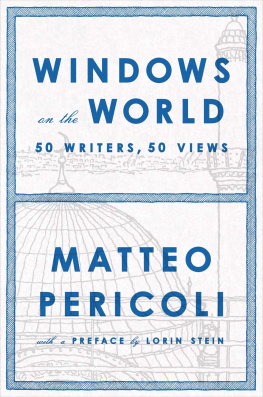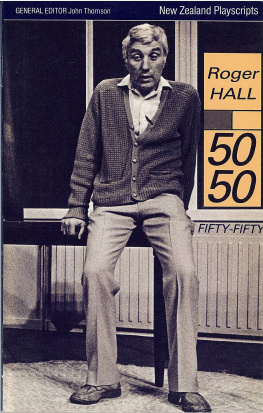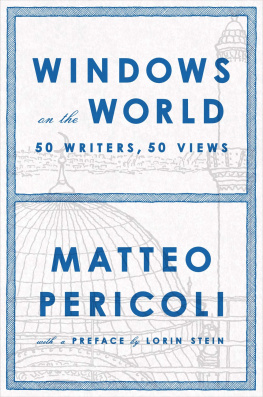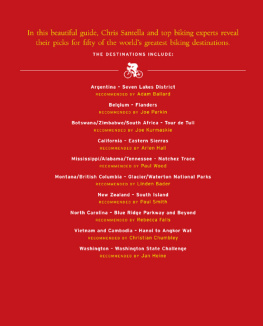ALSO BY MATTEO PERICOLI
LONDON UNFURLED
LONDON FOR CHILDREN
THE CITY OUT MY WINDOW
MANHATTAN UNFURLED
MANHATTAN WITHIN
WORLD UNFURLED
SEE THE CITY
THE TRUE STORY OF STELLINA
TOMMASO AND THE MISSING LINE
PENGUIN PRESS
Published by the Penguin Group
Penguin Group (USA) LLC
375 Hudson Street
New York, New York 10014

USA Canada UK Ireland Australia New Zealand India South Africa China
penguin.com
A Penguin Random House Company
First published by Penguin Press, a member of Penguin Group (USA) LLC, 2014
Copyright 2014 by Matteo Pericoli
Preface copyright 2014 by Lorin Stein
Penguin supports copyright. Copyright fuels creativity, encourages diverse voices, promotes free speech, and creates a vibrant culture. Thank you for buying an authorized edition of this book and for complying with copyright laws by not reproducing, scanning, or distributing any part of it in any form without permission. You are supporting writers and allowing Penguin to continue to publish books for every reader.
The selections with texts by the following writers appeared in The New York Times: Chimamanda Ngozi Adichie, Alaa Al Aswany, Rana Dasgupta, Marina Endicott, Nuruddin Farah, Richard Flanagan, Nadine Gordimer, Daniel Kehlmann, Maria Kodama, Elmore Leonard, Andrea Levy, Ryu Murakami, and Orhan Pamuk.
The selections with texts by the following writers appeared in The Paris Review: Nastya Denisova, Lidija Dimkovska, Francisco Goldman, Sheila Heti, Andrea Hirata, Etgar Keret, Harris Khalique, Emma Larkin, Luljeta Lleshanaku, Andri Snr Magnason, Mike McCormack, G. Mend-Ooyo, Tim Parks, Tatiana Salem Levy, Taiye Selasi, John Jeremiah Sullivan, Lysley Tenorio, Binyavanga Wainaina, Rebecca Walker, Xi Chuan, and Alejandro Zambra.
Front and back endpaper maps by Matteo Pericoli
LIBRARY OF CONGRESS CATALOGING-IN-PUBLICATION DATA
Windows on the world : fifty writers, fifty views / Matteo Pericoli ; preface by Lorin Stein.
pages cm
eBook ISBN 978-1-101-61711-3
1. WindowsLiterary collections. 2. Authorship. 3. Windows in literature. 4. AuthorsBiography.
I. Pericoli, Matteo, 1968
PN6071.W56W56 2014
808.88'7dc23 2014032946
Version_1
FOR NADIA
PREFACE
LORIN STEIN
Can you picture John Kennedy Toole, the author of A Confederacy of Dunces? I cant. Say his name and I see his hero, Ignatius Reilly. How about Willa Cather? What comes to mind isnt a person at allits raindrops in New Mexico exploding with a splash, as if they were hollow and full of air. What did Barbara Pym look like, or Rex Stout, or Boris Pasternak, or the other writers whose paperbacks filled our parents bedside tables? In most cases we have no idea, because until recently, the author photo was relatively rare. You could sell a million copies and still, to those million readers, youd be a name without a face.
Things are different now. Nearly every first novel comes with a glamour shot, not to mention a publicity campaign on Facebook. The very tweeters have their selfies. We still talk about a writers vision, but in practice we have turned the lens around, and turned the seer into something seen.
Matteo Pericolis drawings recall us, in the homeliest, most literal way, to the writers true business, and the readers. Each window represents a point of view and a point of origin. Heres what the writer sees when he or she looks up from the computer; heres the native landscape of the writing. If you want an image that will link the creation to its source, Pericoli suggests, this is the image you should reach for. Not the face, but the visionor as close as we can come. To look out another persons window, from his or her workspace, may tell us nothing about the work, and yet the spacein its particularity, its foreignness, its intimacyis an irresistible metaphor for the creative mind; the view, a metaphor for the eye.
It is crucial that these window views should be rendered in pen and ink, in lines, rather than in photographs (even though Pericoli works from snapshots, dozens per window). In his own writing and teaching, Pericoli likes to stress the kinship between draftsman and writer, starting with the importance of the line. His own line is descriptive, meticulous, suspensefulone slip of the pen and hours of labor could be lost, or else the mistake becomes part of the drawing. Labor, it seems to me, is one of Pericolis hidden subjects. That is part of the meaning of the hundreds of leaves on a tree, or the windows of a high-rise: They record the work it took to see them, and this work stands as a sort of visual correlative, or illustration, of the work his writers do.
Of course, most writers tune out the view from day to day. In the words of Etgar Keret, When I write, what I see around me is the landscape of my story. I only get to enjoy the real one when Im done. I think Pericoli has drawn the views of writers at least partly because they are seers as opposed to lookersbecause they blind themselves to their surroundings as a matter of practice. The drawings are addressed, first of all, to them, and their written responses are no small part of the pleasure this book has to offer. Each of these drawings seems to contain a set of instructions: If you were to look out this windowif you really lookedhere is how you might begin to put the mess in order. Yet the order Pericoli assigns is warm and forgiving. His omniscience has a human cast. His clapboards wobble in their outlines. He takes obvious delight in the curves of a garden chair, or a jar left out in the rain, or laundry flapping on a clothesline. He prefers messy back lots to what he calls (somewhat disdainfully) photogenic views. He knows that we are attached to the very sight we overlook, whether its tract housing in Galway or a government building in Ulaanbaatar. These are the everyday things we see, as it were blindly, because they are part of us.
Some of the writers in these pages are household names. Many you will never have heard of, and a few live in places you might have trouble finding on a map. That, it seems to me, is part of the idea behind this book. Here are streets and alleys you wont recognize that someone else calls home and takes for granted; look long enough and they will make your own surroundings more interesting to you. In Pericolis sympatheticyou might say writerlyacts of attention, the exotic becomes familiar, and the familiar is made visible again.
CONTENTS
WINDOWS ON THE WORLD
MATTEO PERICOLI
It has been ten years since the day I paused in front of my Upper West Side window and noticed something. And felt something: an urge to take the view with me. I had looked out that window for seven years, day after day, taking in that particular arrangement of buildings, and now my wife and I were about to move out of our one-bedroom apartment. Without my knowing it, that view had become my most familiar image of the city. It had become mine. And I would never see it again.
It is hard to pay close attention to those things that are part of our daily routines. They will still be there tomorrow. It is often when we are about to lose them or have just lost them that we realize their importance. It struck me as odd that I hadnt paid more attention to my view. That oversight made me wonder how we live and perceive what is outside our windows. About how we live and perceive, period.












